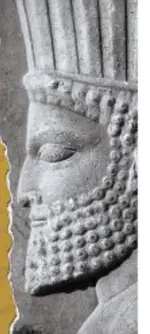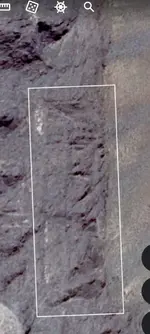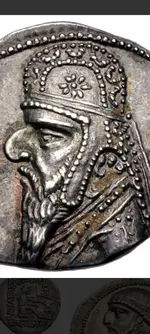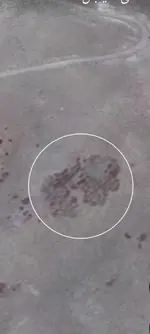This is too good & interesting of a thread to just let it go...
I don't have these big cliff carvings, though the mountains
are older, & worn down where I live, I find it very intrigueing.
Thanks to Quinoa, for sharing your multi-faceted work here...
By definition, you are classifying these as natural structures. That's exactly right - they aren't man made.
What's a mimetolith ?
n. 1.a. a natural topographic feature, rock outcrop, rock specimen, mineral specimen, or loose stone the shape of which resembles something else --
e.g., a real or fancied animal, plant, manufactured item, or part(s) thereof.
b. a topographic feature, rock outcrop, rock specimen, mineral specimen, or loose stone, the
surface pattern of which resembles a real or fancied animal,
... .
c. a topographic feature (
et alia) with any combination of shape and pattern that resembles a real or fancied animal,
. . . . [Greek
mimetes (an imitator) and
lithos (stone)
; term coined by Thomas Orzo MacAdoo
, first appeared in (Dietrich, 1989).
Are there actual carved mountain faces dating from approximately OT days? There are some of course, but they're typically Asian - the best may be the giant Buddha in Leshan, China. These things take enormous resources and skill to create and millennia later are still impressive. Mimetoliths are just that - natural "looks like", a pareidolia phenomena. Of course, legends can be hatched around these things with no other supporting evidence. And many have on TNet.
That said, here is a genuine carved head on a mountain, likely hundreds of years old, that I myself found a few decades ago. No "looks like" here - it "is". Why would it be important? Because of where he is found and the direction he is looking, plus a great deal of other supporting evidence.



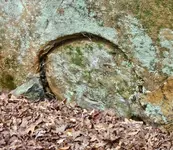
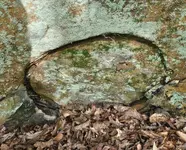
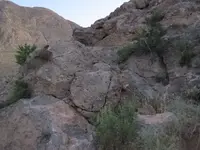
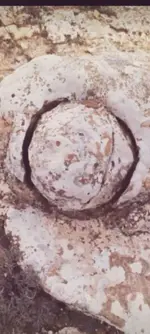
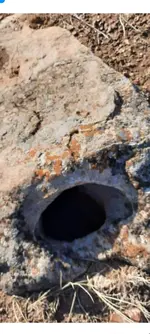
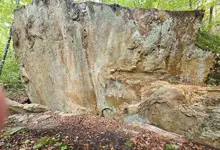
 At least auras may show us some things otherwise lost.
At least auras may show us some things otherwise lost.